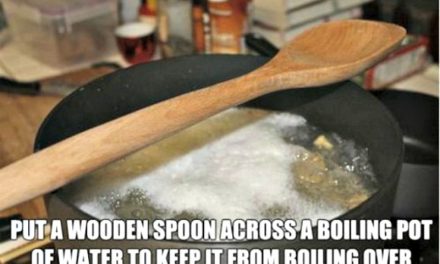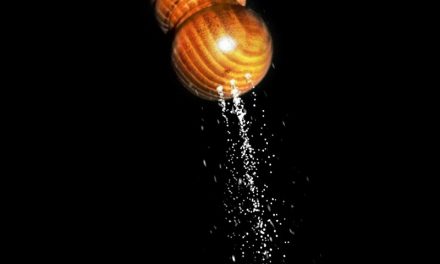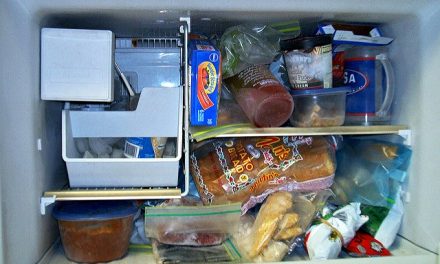Boiling An Egg – Art or Science?
Boiling an egg. Sounds simple, right? Well…. maybe not.

The methods that are used seem to be a hot topic of controversy. Then there’s figuring out the easiest way for peeling the egg. In this article, I’m going to discuss what seems to be the two most popular methods for cooking the egg and some tips for easy peeling. I’ll also include some cooking times to get the consistency of the egg you desire.
The difference between a hard-boiled and soft-boiled egg
Hard-boiled eggs have firm whites and yolks that are creamy and mellow. They are often sliced as a snack, used to make deviled eggs or decorated like Easter eggs. The perfect hard-boiled egg has no green ring around the yolk. If you have a green ring, then you have overcooked it.
Soft-boiled eggs have a shorter cook time, which gives them firm whites but soft yolks. Soft-boiled eggs are often served for breakfast with dunkable toast strips (called “soldiers”), on top of salads or floating in a hot bowl of ramen.
Same Methods for Soft or Hard-Boiled Eggs
Boiling:
This still seems to be the most popular method for cooking eggs.
- Place eggs in the pot in a single layer.
- Cover them with one inch of cold water and bring to a rolling boil.
- Remove from heat and cover with a tight-fitting lid and let the eggs finish cooking.
- Set timer for your desired consistency. Start your timer as soon as you remove eggs from heat.
- When selected time is up, remove from hot water and place in cold water to stop the cooking process.
A variation of this method that some like to use is carefully dropping the egg into a pot of boiling water instead of starting the egg in a pot of cold water. This is touted as the best route for easy-peel eggs. That’s because adding eggs directly to hot water helps them cook faster and keeps the egg whites from reaching too high a temperature, which seems to make it harder for the membrane to stick to the shell.
Boiling can sometimes make eggs rubbery so you may want to try the steaming method. Eggs can be fresh and should be cold from the refrigerator.
Steaming:
Steaming is another option that may be better than boiling eggs regarding consistency of hard or soft cooked eggs. You have full control of the cooking time, and there’s less risk of cracked eggs in the pot because they aren’t free-floating in water. Many believe that this method is the best when using fresh eggs. Give it a try once you master the standard boiling method.
- Fill a pot with about one inch of water and bring to a boil.
- Add eggs to a steamer basket and place inside the pot.
- Cover, reduce heat to medium-low and cook to your desired yolk consistency (you’ll need to add a minute or two to the time chart below).
- When eggs are almost finished cooking, combine two cups ice cubes with two cups cold water in a medium size bowl.
- Transfer eggs with tongs or a slotted spoon to the ice bath to stop the cooking process. Let sit for 15 minutes.
The cooking times below are for large eggs.
Peeling The Egg
Peeling the egg is the worst part about boiled eggs. Many people say the age of the egg is what helps or hinders egg peeling. The fresher the egg, the harder to peel.
An egg’s pH also plays a role. Egg white proteins that contain more acid are especially sticky. Fresher eggs tend to have a lower pH, which is why fresh eggs from your local farmer’s market tend to be more stubborn than the ones from the grocery store. Older eggs have a higher pH than fresher ones. Because of this, some people add ingredients to their water before boiling to raise the pH.
Some of these additives are baking soda, lemon juice, vinegar, and salt. I don’t know if any of these work, but many people swear by them. Here is the method I consistently use for peeling eggs:
Once the eggs are cool to the touch, tap one on a countertop or other hard surface until it’s covered with cracks, then roll it on the hard surface under the palm of your hand. Start peeling from the large end – there’s often an air pocket that helps the peeling get off to a good start. One tip worth specifically mentioning is to make sure you get under the membrane that sits between the shell and the egg as you peel. Peel the egg under cold running water.
So, what do you think; Is it art or science?





